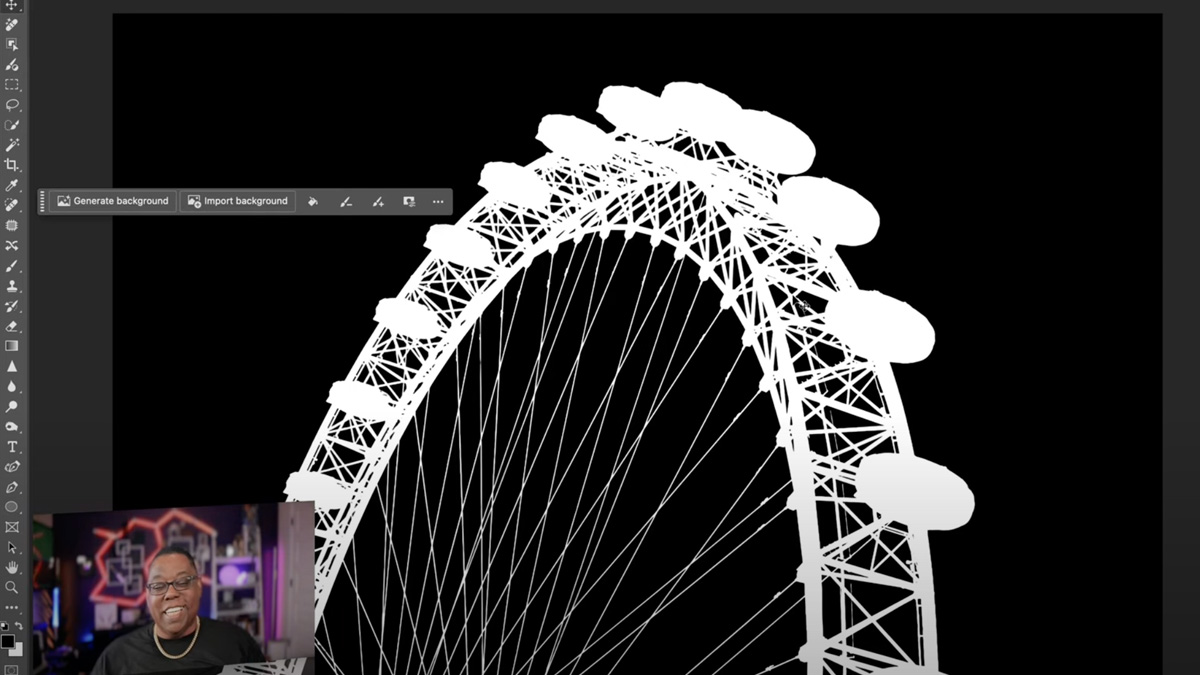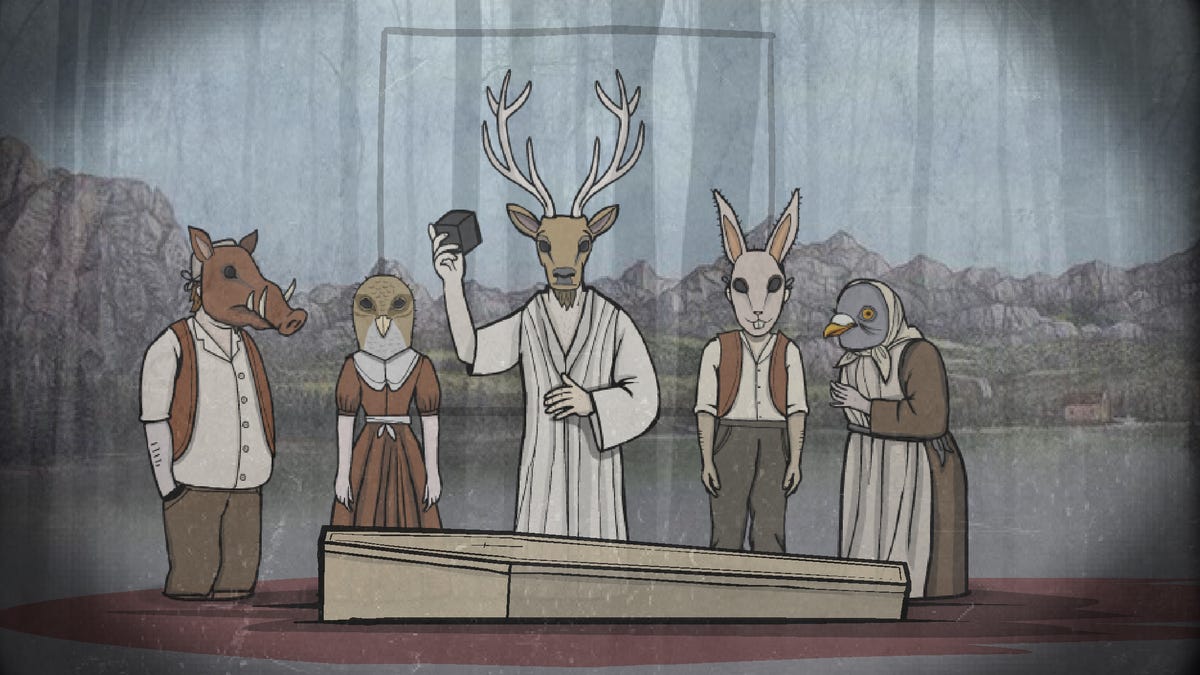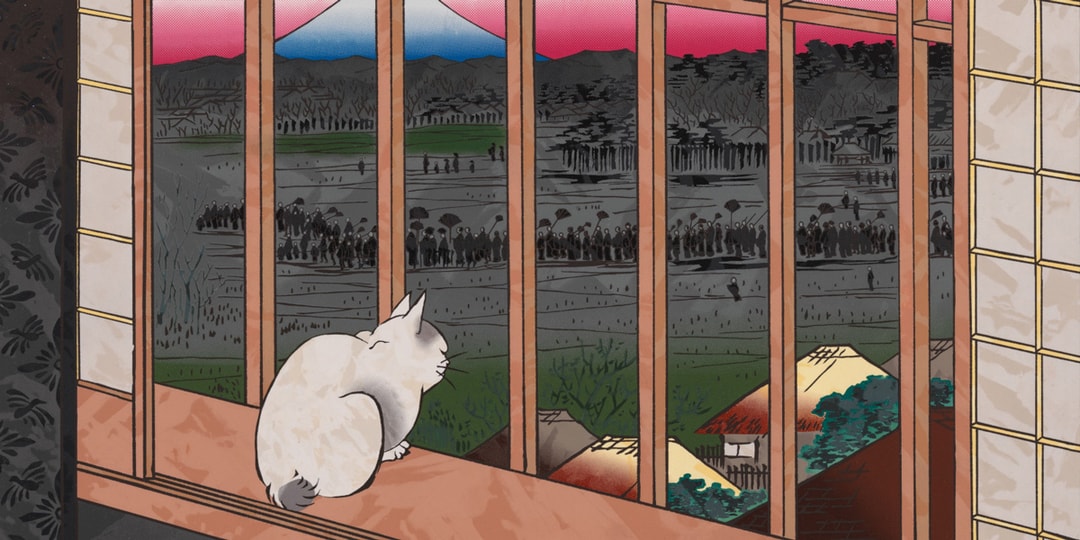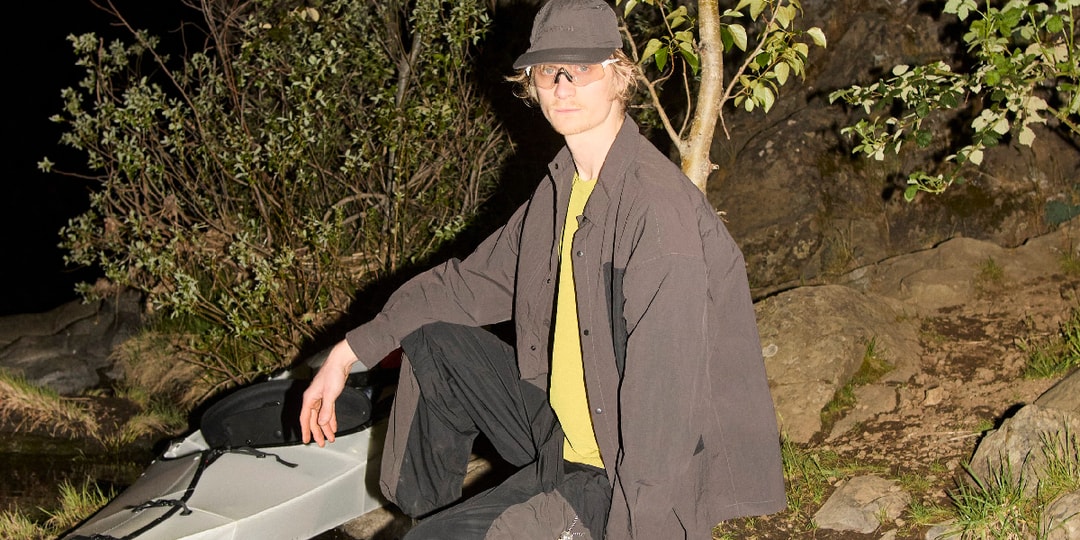Netflix’s The Eternaut is an apocalyptic puzzle box
[Ed. note: Some slight spoilers for the set-up for The Eternaut follow.] It’s summer in Buenos Aires, and the tension in the air is thick. Protestors are engaging in a noisy cacerolazo on the streets after a series of issues with the power grid, and it’s a hot day in the thick of the season. […]


[Ed. note: Some slight spoilers for the set-up for The Eternaut follow.]
It’s summer in Buenos Aires, and the tension in the air is thick. Protestors are engaging in a noisy cacerolazo on the streets after a series of issues with the power grid, and it’s a hot day in the thick of the season. And then, the whole world comes to a stop. After a series of mysterious lights flash in the sky, a massive outage disables nearly all electronic devices — phones, cars, lights, you name it. And then, snow starts falling in the middle of the now-frigid Buenos Aires summer. Anyone the snow touches seems to die instantly.
Adapted from the beloved 1950s Argentinian comic of the same name, The Eternaut comes from Argentinian director and writer Bruno Stagnaro (Pizza, Beer, and Cigarettes), the son of decorated director and screenwriter Juan Bautista Stagnaro. Through the first three episodes (of six total in season 1), the series effectively leans into the mystery of it all. The show is tense and grounded despite its sci-fi premise, features some evocative design choices, and deploys new wrinkles to its perplexing mystery at a satisfying pace (including a reveal at the end of episode 3 that upends all expectations of the series).
The apocalyptic event is framed through the eyes of a small group of people who have gathered for a regular card game -– a strong conceit that introduces viewers to the characters and their dynamics (a group of old friends plus one new odd person out) and then lets the situation unfold as they watch in horror as windows icing up and people start falling dead in the street. At one moment of nearly unbearable tension, they desperately try to signal to someone in a house across the road not to open their window, in a vain attempt to wrest some control in the chaos.

It all makes The Eternaut interesting companion viewing for The Last of Us, another story about community and human nature in times of disaster. Characters start losing their cool mere hours into being cooped up in a house together, making poor decisions and turning on each other. But The Eternaut, in its opening episodes, isn’t as relentless in its cruelty or bleakness as The Last of Us, and seems more interested in genuinely asking how we overcome the very human instincts of distrust and cruelty in times of chaos. Early on, it’s not always successful in this exploration, largely relying on static gender divisions as husbands and wives argue about the place of violence in this new world and whether to help strangers they encounter. But The Eternaut is at least asking these questions in a meaningful way rather than just accepting that cruelty and violence as fact.
As you might expect of a show of this nature, one of the core characters is more cynical and prone to violence and distrust of strangers than the others. Moments after the snow starts feeling and the group pieces together what’s going on, he grabs a gun and starts strategizing about how they’re going to make it out alive, in ways that makes his wife viscerally uncomfortable. It’s made clear this attitude is in part because of the media he intakes, as one character jokes, “Now comes the part where we kill each other for resources, like those shitty shows you like.”

Some of The Eternaut’s narrative beats don’t always land. There are some truly befuddling moments where characters almost seem to be reading from different scripts. (To paraphrase a conversation: “Why don’t you know where [….] is?” “I sent you her location!” “How do you not know where she is? Did you look in her room for an address?”) But I’m willing to overlook these shortcomings because of The Eternaut’s strengths through three episodes.
Netflix gets a lot of flack (and plenty of it deserved) for the boring, dysfunctional original programming that makes up so much of the streamer’s English language offerings (and production spend). But Netflix has consistently seen success in their international programming in both TV and movies, with breakout hits and hidden gems alike, especially within genre fare. That’s partially because of the streaming service’s massive global userbase, but also because good stories travel well. So much of genre programming is built on writing to and around tropes, and getting more artists from different filmmaking nations and backgrounds into the mix means more opportunities for fresh new twists on old formulas.
That’s what makes me excited about The Eternaut. It’s a grounded, tense sci-fi story with cool production design (to travel in the toxic snow, they have to design air-tight suits with gas masks and everyday items), a beguiling mystery, and a focus on human resilience and ingenuity as they try to make sense of the new world around them. But it also feels like a different angle on a type of story we’re all too familiar with these days: It’s the end of the world as we know it — what’s next?
The Eternaut is now streaming on Netflix.


























































































































































































































































